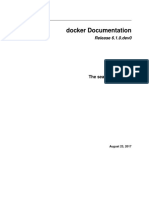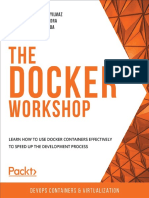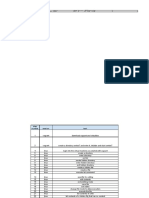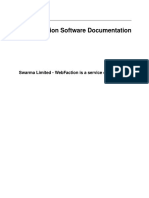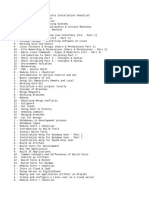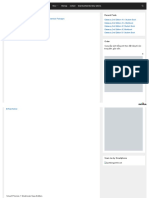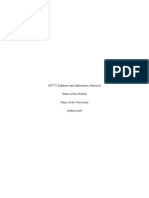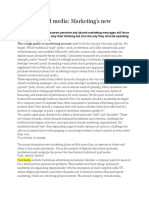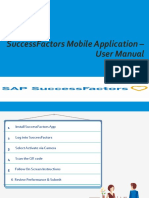0% found this document useful (0 votes)
45 views6 pagesInterview Task
The document provides a comprehensive guide on various technical tasks including Git branch deletion, sending emails in PHP using PHPMailer, and connecting MySQL databases to PHP. It also compares frontend frameworks Vue and React, lists essential Linux commands, and details Docker setups for multiple applications including WordPress, Flask, Django, Ruby on Rails, Rust, and Go. Each section includes specific commands and code snippets for implementation.
Uploaded by
gurijalapavan8Copyright
© © All Rights Reserved
We take content rights seriously. If you suspect this is your content, claim it here.
Available Formats
Download as PDF, TXT or read online on Scribd
0% found this document useful (0 votes)
45 views6 pagesInterview Task
The document provides a comprehensive guide on various technical tasks including Git branch deletion, sending emails in PHP using PHPMailer, and connecting MySQL databases to PHP. It also compares frontend frameworks Vue and React, lists essential Linux commands, and details Docker setups for multiple applications including WordPress, Flask, Django, Ruby on Rails, Rust, and Go. Each section includes specific commands and code snippets for implementation.
Uploaded by
gurijalapavan8Copyright
© © All Rights Reserved
We take content rights seriously. If you suspect this is your content, claim it here.
Available Formats
Download as PDF, TXT or read online on Scribd
/ 6





















